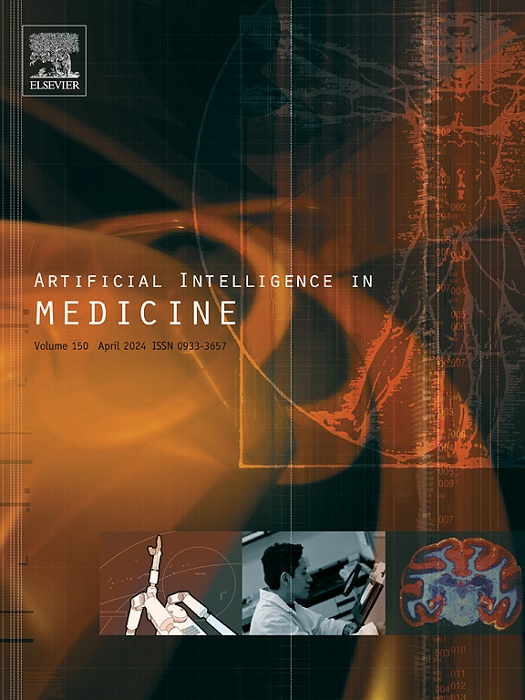Empowering large language models for automated clinical assessment with generation-augmented retrieval and hierarchical chain-of-thought
IF 6.1
2区 医学
Q1 COMPUTER SCIENCE, ARTIFICIAL INTELLIGENCE
引用次数: 0
Abstract
Background:
Understanding and extracting valuable information from electronic health records (EHRs) is important for improving healthcare delivery and health outcomes. Large language models (LLMs) have demonstrated significant proficiency in natural language understanding and processing, offering promises for automating the typically labor-intensive and time-consuming analytical tasks with EHRs. Despite the active application of LLMs in the healthcare setting, many foundation models lack real-world healthcare relevance. Applying LLMs to EHRs is still in its early stage. To advance this field, in this study, we pioneer a generation-augmented prompting paradigm “GAPrompt” to empower generic LLMs for automated clinical assessment, in particular, quantitative stroke severity assessment, using data extracted from EHRs.
Methods:
The GAPrompt paradigm comprises five components: (i) prompt-driven selection of LLMs, (ii) generation-augmented construction of a knowledge base, (iii) summary-based generation-augmented retrieval (SGAR); (iv) inferencing with a hierarchical chain-of-thought (HCoT), and (v) ensembling of multiple generations.
Results:
GAPrompt addresses the limitations of generic LLMs in clinical applications in a progressive manner. It efficiently evaluates the applicability of LLMs in specific tasks through LLM selection prompting, enhances their understanding of task-specific knowledge from the constructed knowledge base, improves the accuracy of knowledge and demonstration retrieval via SGAR, elevates LLM inference precision through HCoT, enhances generation robustness, and reduces hallucinations of LLM via ensembling. Experiment results demonstrate the capability of our method to empower LLMs to automatically assess EHRs and generate quantitative clinical assessment results.
Conclusion:
Our study highlights the applicability of enhancing the capabilities of foundation LLMs in medical domain-specific tasks, i.e., automated quantitative analysis of EHRs, addressing the challenges of labor-intensive and often manually conducted quantitative assessment of stroke in clinical practice and research. This approach offers a practical and accessible GAPrompt paradigm for researchers and industry practitioners seeking to leverage the power of LLMs in domain-specific applications. Its utility extends beyond the medical domain, applicable to a wide range of fields.
求助全文
约1分钟内获得全文
求助全文
来源期刊

Artificial Intelligence in Medicine
工程技术-工程:生物医学
CiteScore
15.00
自引率
2.70%
发文量
143
审稿时长
6.3 months
期刊介绍:
Artificial Intelligence in Medicine publishes original articles from a wide variety of interdisciplinary perspectives concerning the theory and practice of artificial intelligence (AI) in medicine, medically-oriented human biology, and health care.
Artificial intelligence in medicine may be characterized as the scientific discipline pertaining to research studies, projects, and applications that aim at supporting decision-based medical tasks through knowledge- and/or data-intensive computer-based solutions that ultimately support and improve the performance of a human care provider.
 求助内容:
求助内容: 应助结果提醒方式:
应助结果提醒方式:


